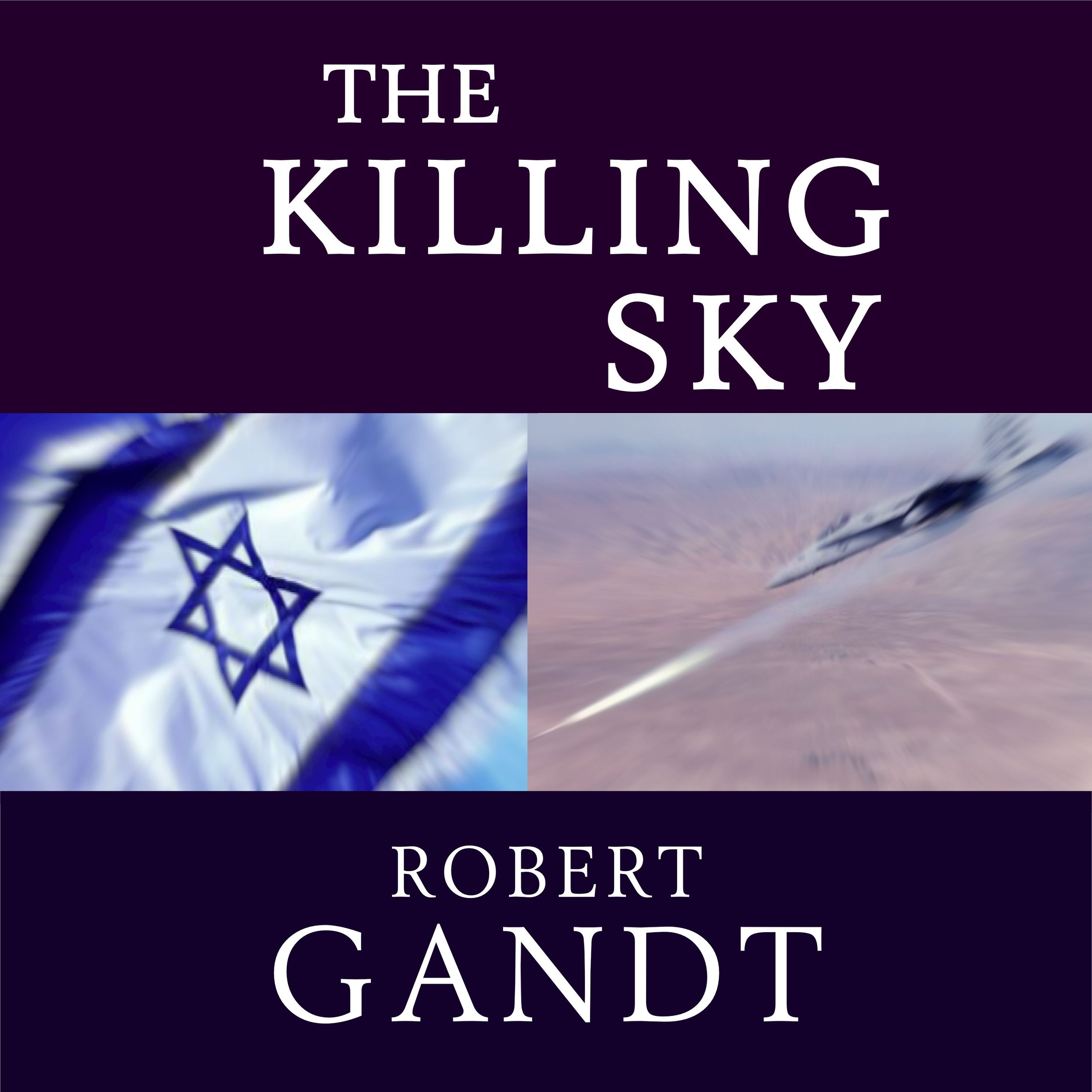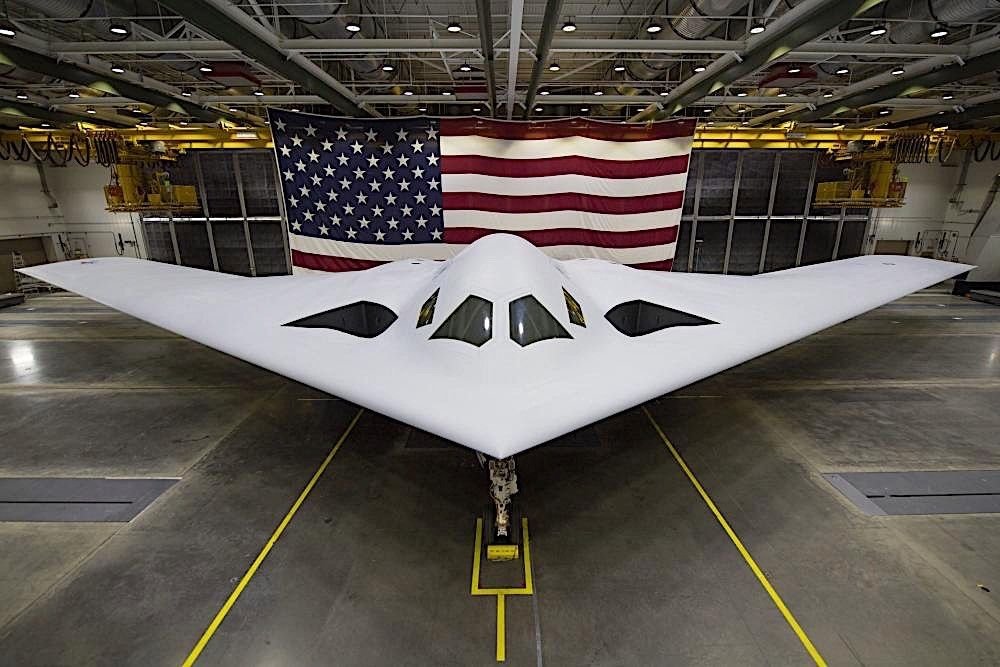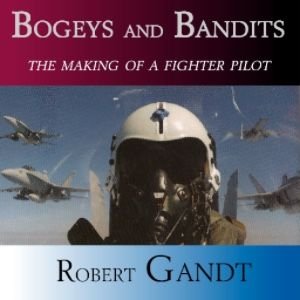Fiction Foreshadows History
/The Killing Sky was the fifth novel in Gandt's military adventure series featuring fighter pilot Cmdr. Brick Maxwell. It was also an ominous prophecy of a war in Israel and Gaza.
In The Killing Sky, Maxwell's wingman is shot down and taken prisoner in Gaza by a Palestinian terrorist group. The American president's shadowy envoy, Rick Solares, negotiates the airman's release, but Maxwell suspects something sinister is going on behind the scenes. When the woman Maxwell loves falls victim to the same terrorists, Maxwell's devotion to duty becomes a desire for vengeance. War erupts in the Middle East. Maxwell will risk everything to make the enemy pay.
Get the new audiobook narrated by the author at Audible.com. Or read the Kindle edition available at Amazon.com
Gandt writes for all of us Walter Mittys who know we could fly the hot jets and save the world if only life gave us the chance.
--STEPHEN COONTS, author of Flight of the Intruder









